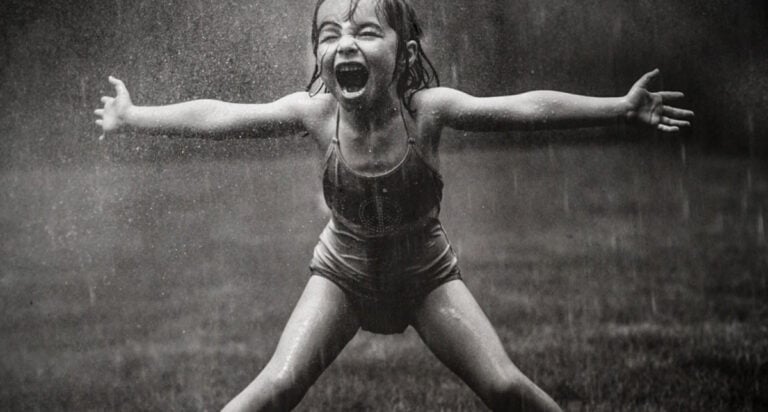One of the first things General Motors’ now-CEO Mary Barra did after being promoted to vice president of global human resources was to whittle an extensive 10-page dress code down to two words: dress appropriately. Despite initial skepticism from upper management, whose job it was to enforce said code, the post-bankruptcy timing for Barra’s policy was perfect, and it worked.
“Dress appropriately” became a company-wide metaphor for professionalism, trust, and autonomy. Certainly, there was a lot of discussion about what “appropriate” looks like in various situations and settings before implementing the plan, but Mary Barra insisted the decision not come from above. By eliminating overly prescriptive procedures, she shifted the focus from bureaucracy to ideas, and people lived up to her expectations.

Why Dress Codes are Problematic
Anyone with a son or daughter in school is familiar with the idea of a dress code, and most understand that dress codes are in place to promote a safe learning environment with minimal distractions, but as anyone whose teen has been charged with violating it can attest, adhering to such detailed policies is often more distracting than the distractions they were designed to prevent.
Since 2000, the number of public schools with a defined dress code increased 21%, with only 2% of schools reporting no dress code at all. Posting a dress code means it must be enforced, and the stricter it is, the more kids will violate it. Given that clothing is a form of self-expression and kids are naturally inclined to push the boundaries, it is easy to understand how regulating what students wear turns into a battle of wills.
In addition to creating an antagonistic environment, where educators are forced into the awkward role of policing their students’ attire, the notion of a stringent dress code is contrary to the fundamentals we want our children to learn. How can we, with any clout, teach our kids to value individualism, to look beyond appearances, to exercise self-control and self-respect, to not objectify nor shame each other, to make good choices and to be prepared—when we invest in rules that do the opposite?
Dress codes vary from state to state as well as between school districts, but generally they cover three categories:
- The obvious (students must wear shoes, no slogans promoting drug use)
- The necessary (no gang insignia, no trench coats)
- The puritanical (no bare shoulders, shorts must measure below outstretched fingertips).
Typically, once a student is charged for non-compliance, they must leave the classroom, report to the office, and either correct the problem (e.g., turn offensive shirt inside out, put on a sweater), wait for a parent to bring different clothes, or be sent home outright.
Many schools also issue written warnings, detentions, and suspensions for repeat offenses, and count any missed class time as unexcused. According to several middle and high school officials I interviewed off the record, dress code violations comprise the bulk of minor disciplinary actions on any given day, and girls are far more likely to be in violation than boys.
Dress Codes Impact Boys and Girls Differently
Comprehensive data comparing the number of dress code violation incidents involving girls to those of boys is limited, but archived case files of lawsuits going back to 1981 support the claim. Under federal laws protecting against discrimination in education, Title IX, and the Constitution’s equal protection guarantee, schools can’t base a dress code or its enforcement on gender stereotypes.
It is unclear whether the current disparity is due to specific aspects in the dress codes that apply only to girls (e.g., no visible bra straps, no cleavage) or if the policies are being irregularly enforced, but the net result shows bias. More girls are being disciplined, more girls are missing class. The subtext is, girls are the distraction.
Not only are dress codes tricky to interpret and follow, they’re tricky to interpret and enforce—without seeming like an ogling creep. Monitoring what students wear and what they’re exposing requires teachers to look closely at places they aren’t necessarily comfortable looking at—nor should they be. This presents its own set of problems, particularly for male teachers who are reluctant to call out female students for fear of reprisal.
Frequently, male teachers will report the student anonymously or enlist female coworkers to speak directly to the student to avoid the semblance of misconduct. In our school, the female teachers tasked with busting dress code violators have affectionate nicknames amongst the kids like, “the Nipple Narc” and “Sergeant Strap.” Imagine the respect that earns them—all in the name of a distraction-free learning space.
Our society’s obsession with image and our fixation to oversexualize anything female is directly reflected in school dress code policies. The irony is, students get harangued for wearing the very clothes they are targeted to buy. Someone else designed, advertised, manufactured, and sold the styles we blame on youth culture—and then unilaterally decide to ban. If that’s not perverse marketing, I don’t know what is.
We’ve tried an array of tactics to keep kids from being distracted by their clothes (and what lies beneath): We’ve covered them up, dressed them alike, issued detentions, suspensions, shamed them, blamed them, made them sit in the hall. We’ve taped their holes, belted their pants—no grills, no frills, no fros.
But the more we restrict, the more they resist, and it’s taking a toll on morale. These kids are learning to drive, they’re getting jobs, they’re registering for the draft and to vote. They are gearing up to move out and on—to a life filled with complicated decisions. If our mission is to prepare them to make responsible choices, isn’t it reasonable we let them practice by choosing their clothes?
I’m not suggesting we abolish the dress code entirely, because it does serve a purpose, but it should be a backdrop to learning, not an obstacle. If decades of fighting with our kids about what they’re wearing has taught us anything, it’s that decency is subjective and can’t be imposed. We can’t punish them into maturity. So why not adopt Mary Barra’s vision and collaborate with students on a policy they would uphold? The way to get them to dress appropriately simply might be to assume they will.
You May Also enjoy Reading:
High School Graduation Gifts for Girls
Here’s Why I Loved Being a Teen in the 80’s










